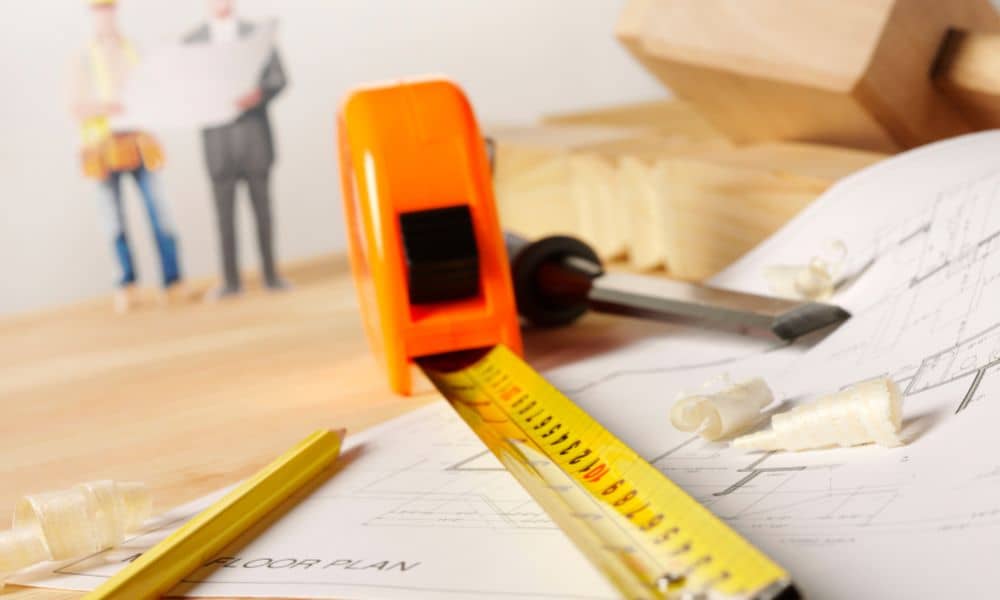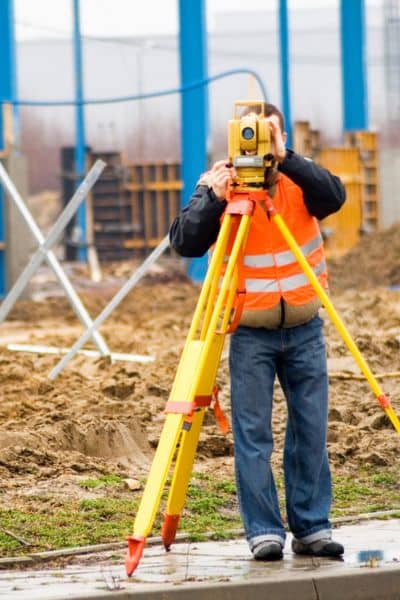
If you’re dealing with commercial real estate, you’ve probably heard of ALTA land title surveys. These surveys are important when buying, selling, or developing property. But here’s the truth many people don’t expect—they take time.
Recently, a buyer in San Diego posted on Reddit, frustrated that their ALTA survey was dragging on. They thought it could be done in just one day. They aren’t alone. Many buyers, lenders, and even real estate agents assume the process is quick. In reality, ALTA land title surveys are detailed, follow strict standards, and require patience.
An ALTA land title survey is one of the most complete surveys available for commercial property. It goes far beyond a simple boundary survey. A boundary survey only shows where the property lines begin and end. An ALTA survey includes:
These surveys are done according to national standards created by the American Land Title Association (ALTA) and the National Society of Professional Surveyors (NSPS). Because they follow strict rules, lenders and title companies usually require them. The survey ensures everyone understands the property completely before money changes hands.
In short, an ALTA survey gives buyers, lenders, and title companies a clear picture. It helps prevent surprises, like a hidden easement or a neighbor’s fence crossing into your lot.
If ALTA land title surveys cover so much detail, it makes sense they can’t be finished in 24 hours. Each survey involves several steps, and surveyors must follow strict rules to get it right. These rules, often referred to as commercial property survey standards, are what ensure the results are accurate and reliable. Because of this, skipping or rushing any part of the process could create serious problems later.

Collecting Records
Surveyors start by reviewing deeds, past surveys, and title commitments. Missing or outdated documents can delay the process.
Visiting the Property
They then visit the site to measure boundaries and note features. Small lots may be quick, but large or uneven sites take longer.
Checking Easements and Rules
Easements and local regulations, like San Diego’s coastal rules, must be confirmed—often requiring agency coordination.
Drafting the Report
Survey results are compiled into an ALTA/NSPS-certified map. Adding details like zoning or utilities (Table A items) takes extra time.
Coordinating with Parties
Lenders and title companies may request clarifications before the survey is finalized.
It’s normal to feel impatient, especially when closing deadlines are near. But rushing an ALTA land title survey can backfire. If details are missed, you could face:
Spending a few more weeks on the survey is far better than spending years in court or paying unexpected costs.
There isn’t one exact timeline, but here’s a guide:
What affects the timeline?
For example, a small office building in downtown San Diego may only take a week or two. A large industrial property with multiple easements and environmental concerns could take more than a month.
You can’t make an ALTA land title survey happen in one day, but you can make the process run more smoothly. The smartest step is to order an ALTA Land Title Survey early in your closing process. By starting early, you give your surveyor the time they need to gather records, complete fieldwork, and handle any issues that come up without pushing back your timeline.
You can also:
Planning ahead and getting the survey underway early helps reduce last-minute surprises and keeps your transaction on track.
ALTA land title surveys are detailed surveys designed to protect buyers, lenders, and title companies. They take longer than people expect, but for good reason. By mapping everything from property lines to utilities, they reduce the risk of disputes, delays, and costly mistakes.
The San Diego buyer on Reddit may have been surprised, but patience is key. Whether you’re buying, developing, or refinancing property anywhere in the U.S., allowing enough time for your ALTA survey is one of the smartest moves you can make.